The Andean weaving method, Uncuymaza, serves multiple roles since its origin in Peru because it functions as both a cultural indicator of native heritage and a significant family connection spanning through time. This intricate art, combining historical factors with spiritual elements and communal values, uses weaving techniques to create more than decorative objects, which display the enduring history and spiritual beliefs, and traditions of centuries. This blog investigates the origins of uncuymaza, along with its traditional importance and manufacturing methodology, and presents contemporary artists reviving this historic art for current global relevance.
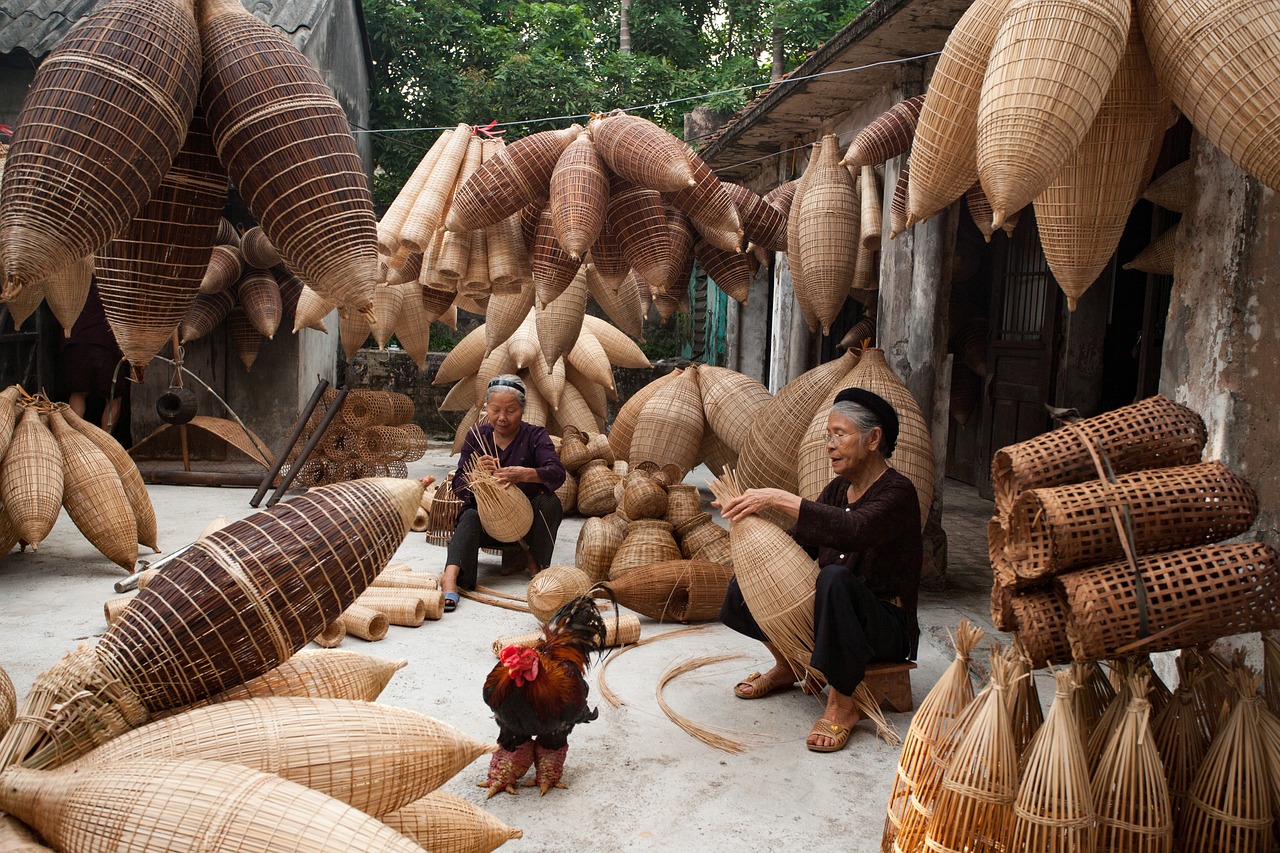
The History and Origins of Uncuymaza: A Timeless Tradition
The origins of uncuymaza stretch back through ancient Andean civilizations in which weaving served both as daily practice and artistic expression. Through weaving, which has existed for thousands of years, people found ways to connect with the land while uniting with their ancestors and developing spiritual ties.
The origins of uncuymaza started with unprocessed wool obtained from Andean alpacas and llamas. The indigenous Andean alpacas, along with their sacred status, carried wool with dual functional and spiritual meaning. Weaving techniques reached each new generation through an elder-to-younger transfer where individuals incorporated their personal styles within the limitations of traditional rules and techniques.
Over time, the technique spread across Peru and beyond, following the trade routes of the ancient civilizations. Artisans in distinct parts of Peru modified uncuymaza through local influences that sustained the original philosophy for each textile object, representing both natural elements and ancestral knowledge and community principles.
We will examine how uncuymaza advanced from its technical origins in ancient Peru to become an artistic practice that unified people with both cosmic and natural worlds.
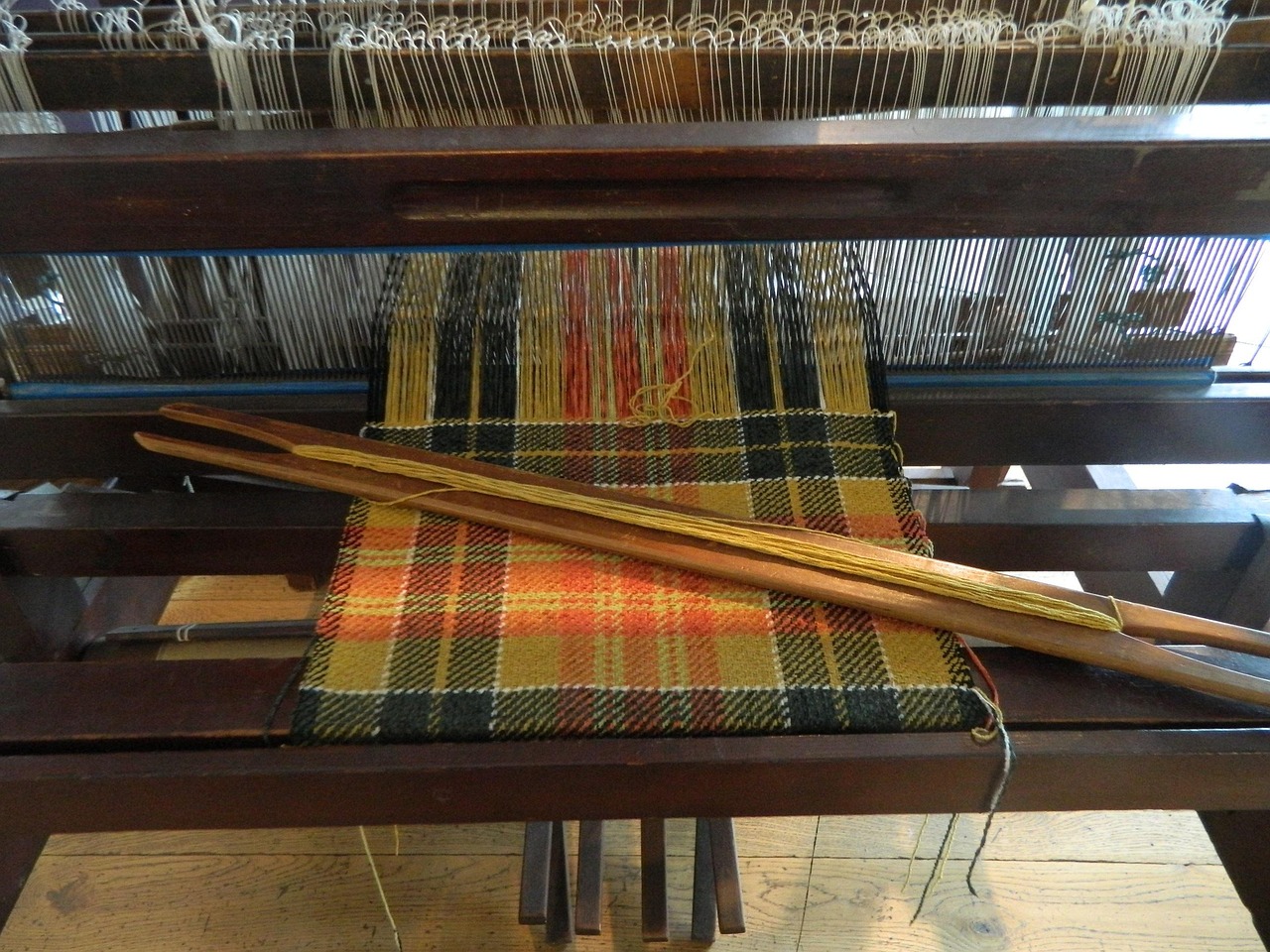
The Cultural Significance of Uncuymaza: More Than Just Art
Uncuymaza exists beyond aesthetic expression since it stands as a foundation for Peruvian culture. Indigenous people inserted multiple symbolic meanings into their detailed designs to transfer their faith-based beliefs, combined with their worldview of nature, and unify concepts. The historical significance of uncuymaza emerges from every stitch because it depicts sacred mountaintops along with harvest themes and spiritual ancestor presence.
The complete uncuymaza design incorporates smaller narrative portions throughout its elements. Every pattern in the textile reveals natural powers that include sun, moon, and earth representations. Through its design elements, uncuymaza demonstrates an association between spirals and life cycles, while red and orange reveal symbolic connections to Andean sun energy that warms communal members.
Communal relationships among families and communities exist in it since weaving represents a shared collective activity. The creation process goes beyond individual work since it integrates knowledge exchange and storytelling between people who bond while they work together. Each weaving project completed during these events develops personal value because it connects living participants to their ancestral roots while creating new modern relationships.
This segment investigates how it expresses local spiritual perspectives and social frameworks and creates self-identity for the maintenance of its traditions by contemporary practitioners. The article will examine the social consequences of communal weaving because these practices sustain cultural bonds while fighting modern isolation.
The Weaving Process of Uncuymaza: From Material to Masterpiece
To produce uncuymaza, people need mastery over technical weaving skills and traditional expertise, which their ancestors have transmitted over multiple centuries. First, technicians must choose suitable fibers that originate from nearby resources like local alpaca wool or cotton or silk that receive natural dyes from natural sources, including roots and plants alongside insects.
Modern artisans pursue the production of finished pieces through an elaborate procedure that requires skillful handling and extended patience. Artisans need to line up each thread exactly right for producing correct patterns within it while maintaining traditional weaving methods. The type of geometric or organic pattern chosen determines the degree of practice needed for interwoven perfection in his work.
This part will explain each crucial step that leads to creating durable and appealing pieces, starting from material choice up until protective measures are applied. We will now examine the profound knowledge artisans implement in their work through their skilled hands and artistic approach that animates raw threads.
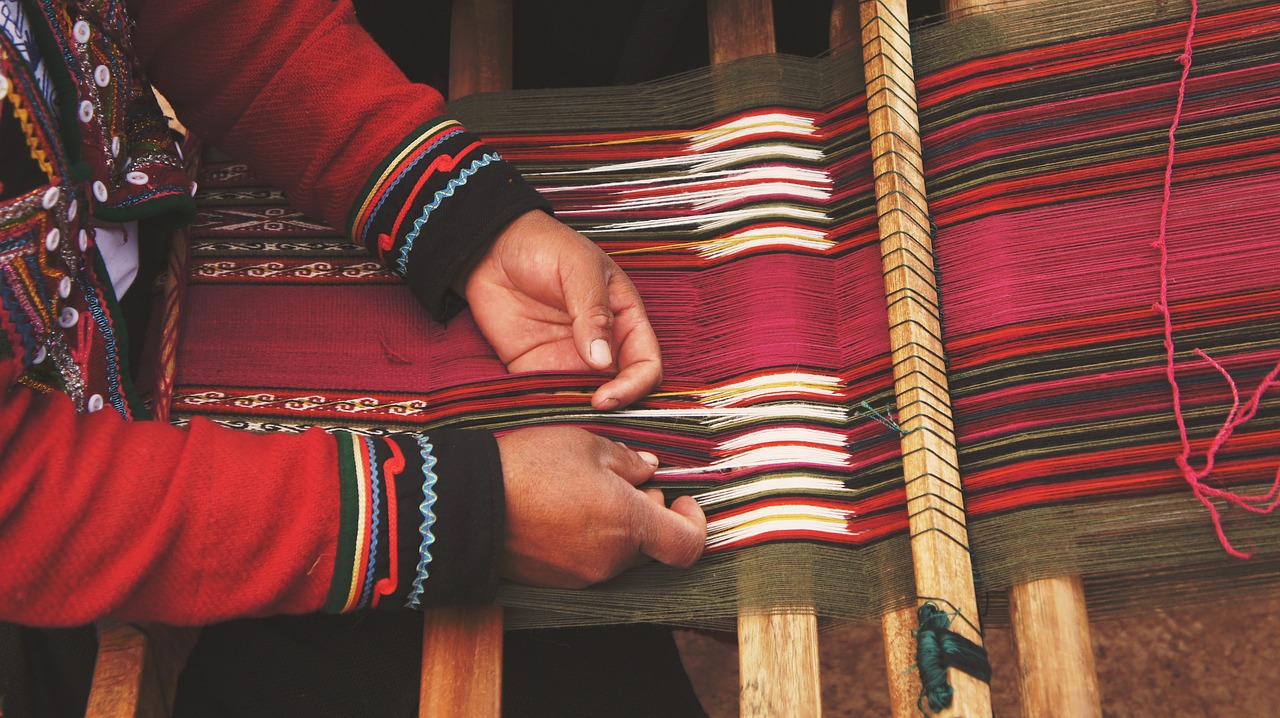
Traditional Uses of Uncuymaza: Crafting Culture for Ceremonies and Celebrations
Uncuymaza occupies fundamental importance in established traditional customs. The indigenous people use uncuymaza to establish relationships between earthly domains and sacred dimensions. The traditional IT pieces assist in marking fundamental life events through ceremonies, whether for festivals or rituals or celebratory occasions of births, marriages, or harvests.
The artistic textiles woven by artisans function as ceremonial accessories and garments that people proudly display for festivals. Such clothes illustrate both the social background and cultural heritage of their wearer. These elements can be found in bridal outfits where they express ancestral links alongside community relations.
Woven mats, together with bags and tapestries, performed daily functions by serving for carrying items and food storage, along with acting as protective coverings. Practical things maintain their functional value yet reveal artistic elements by making them meaningful vessels of creativity.
This part will explore how uncuymaza functions during conventional ceremonies and festivals while showing its widespread applications in community activities in everyday life.
The Modern Renaissance of Uncuymaza: Innovation Meets Tradition
The traditional heritage of uncuymaza remains deeply rooted in its past history while experiencing new growth in contemporary culture. Artists in the present day incorporate modern materials and technology enhancements alongside contemporary design patterns to keep it authentic and modern. Contemporary artists blend their devotion to traditional practices of their craft with eco-friendly materials like organic cotton and bamboo fibers in order to establish sustainable practices.
This has undergone a new revival in product markets worldwide through online outlets and social media availability. Artisans have gained the ability to connect their traditional work with global buyers and thus unite traditional craftsmanship with contemporary art consumption patterns.
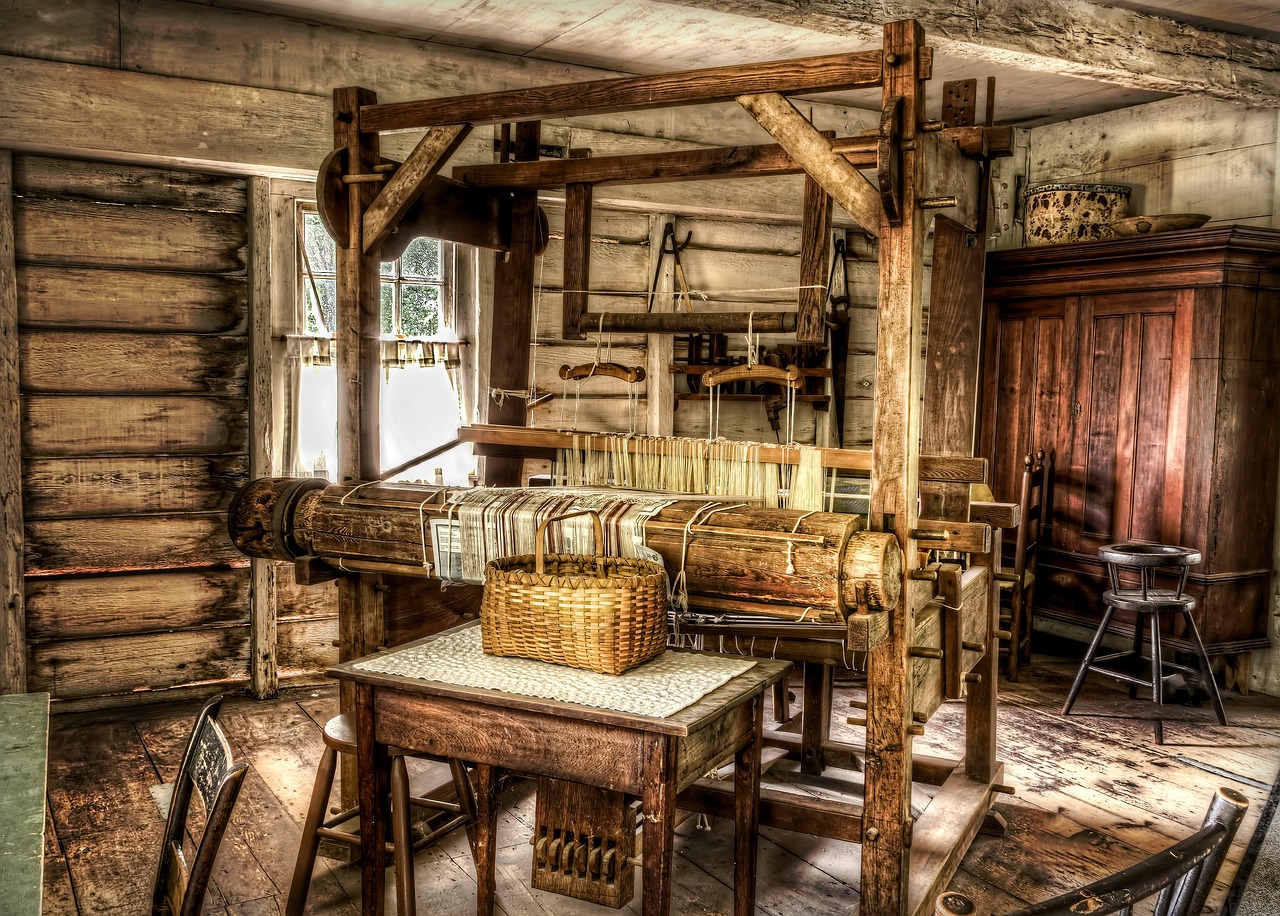
Unpuymaza received new vitality through partnerships that occurred between traditional artisans working alongside contemporary designers. Traditional artisan partnerships use modern design practices to create brand-new patterns that preserve their established techniques and traditional styles.
A close analysis will demonstrate the strategies that support uncuymaza revival alongside its continuous evolution in a modern, globalized, digital environment.
The survival of Uncuymaza represents an essential task for safeguarding its presence across generations
The protection of cultural crafts, as it represents a task of great value. Traditional cultural craftsmanship faces a serious threat of extinction because modernization and globalization impact indigenous cultural practices. Modern generations are likely to choose contemporary and major production art styles because these appeal to them more than traditional ancestral works of art.
Currently we need to raise public understanding about it while fostering an appreciation for this art in our modern times. Education initiatives through workshops, online platforms, and exhibitions should create awareness regarding the cultural value of it. Our financial support to artisans, along with organizations dedicated to the craft, will help this survive as an art form across multiple generations.
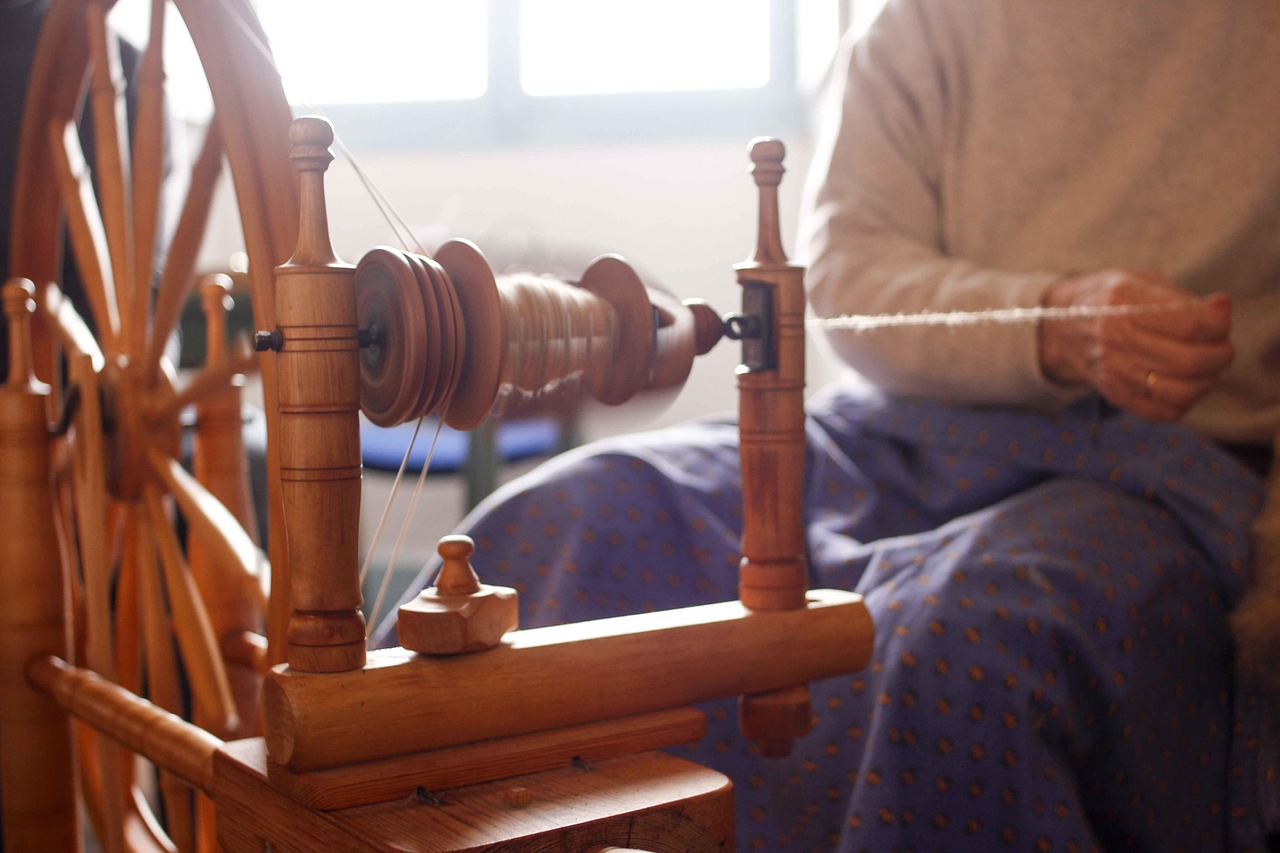
This part will focus on existing conservation efforts for uncuymaza, together with details on backing tomorrow’s artisan community. This section discusses how domestic and international organizations maintain the vitality of this cultural legacy.
Conclusion: The Enduring Beauty of Uncuymaza
Unmillionaza holds essential importance as a cultural representation of Peru, which extends beyond artistic production. Throughout history, uncuymaza has displayed indigenous cultural values and beliefs through its evolution into present-day forms, which show native identities. The artistic value, along with symbolism contained within these items, displays Andean culture’s endurance against adversity as seen during ceremonies or normal use.
Our honor to Peru’s past and future exists in our recognition and support of it. The active practice of this craft guarantees that Andean tradition will thrive through the present and into the future for future generations. Unsuymaza will permanently embrace the fusion of tradition with innovation as it grows while sharing Peruvian cultural history with the world.




